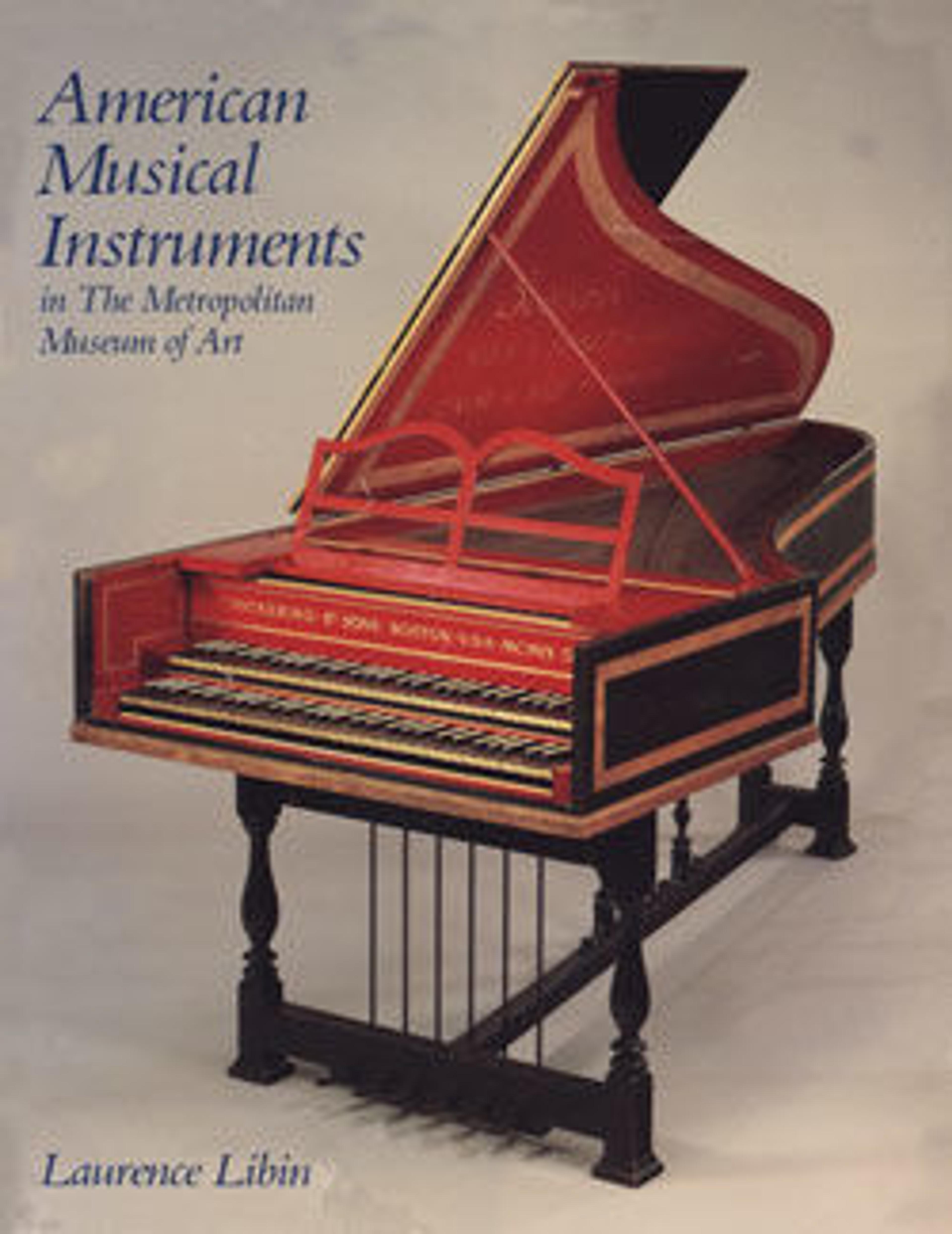Square Piano
Chickering was the first important manufacturer of pianos in America, incorporating steam power in his factories and innovations like the firm's use, beginning in 1837, of a one-piece cast iron frame. By the 1850s it had superseded Erard as the premier piano manufacturer, and in the 1860s and 1870s Chickering and Steinway engaged in a fierce rivalry. Chickering was the first American producer of grands, but pianos produced for domestic use including squares like this instrument as well as uprights far outsold the larger, more expensive models.
This square piano, like others of that name is rectangular in shape, and has a mahogany case with rosewood striping. It has four turned and fluted legs with brass casters. The damper pedal is mounted to a pedal lyre in the middle of the keyboard. The compass of the instrument is FF-c4 (68 keys) with ivory naturals and ebony accidentals. It has an English double action with backchecks and is double strung throughout.
This square piano, like others of that name is rectangular in shape, and has a mahogany case with rosewood striping. It has four turned and fluted legs with brass casters. The damper pedal is mounted to a pedal lyre in the middle of the keyboard. The compass of the instrument is FF-c4 (68 keys) with ivory naturals and ebony accidentals. It has an English double action with backchecks and is double strung throughout.
Artwork Details
- Title: Square Piano
- Maker: Jonas Chickering (American, Mason Village, New Hampshire 1798–1853 Boston)
- Date: 1829
- Geography: Boston, Massachusetts, United States
- Culture: American
- Medium: Wood, various materials
- Dimensions: Case L: 70.9 cm (27-15/16 in.)
Case W: 177.5 cm (69-7/8 in.)
Case D: 28.2 cm
Total H: 88.2 cm
Case H. w/o pedal mechanism 34 cm
3-octave span: 48.8 cm
(Legs off) - Classification: Chordophone-Zither-struck-piano
- Credit Line: Gift of Newcomb Debevoise Cole, 1983
- Object Number: 1983.75
- Curatorial Department: Musical Instruments
More Artwork
Research Resources
The Met provides unparalleled resources for research and welcomes an international community of students and scholars. The Met's Open Access API is where creators and researchers can connect to the The Met collection. Open Access data and public domain images are available for unrestricted commercial and noncommercial use without permission or fee.
To request images under copyright and other restrictions, please use this Image Request form.
Feedback
We continue to research and examine historical and cultural context for objects in The Met collection. If you have comments or questions about this object record, please contact us using the form below. The Museum looks forward to receiving your comments.
